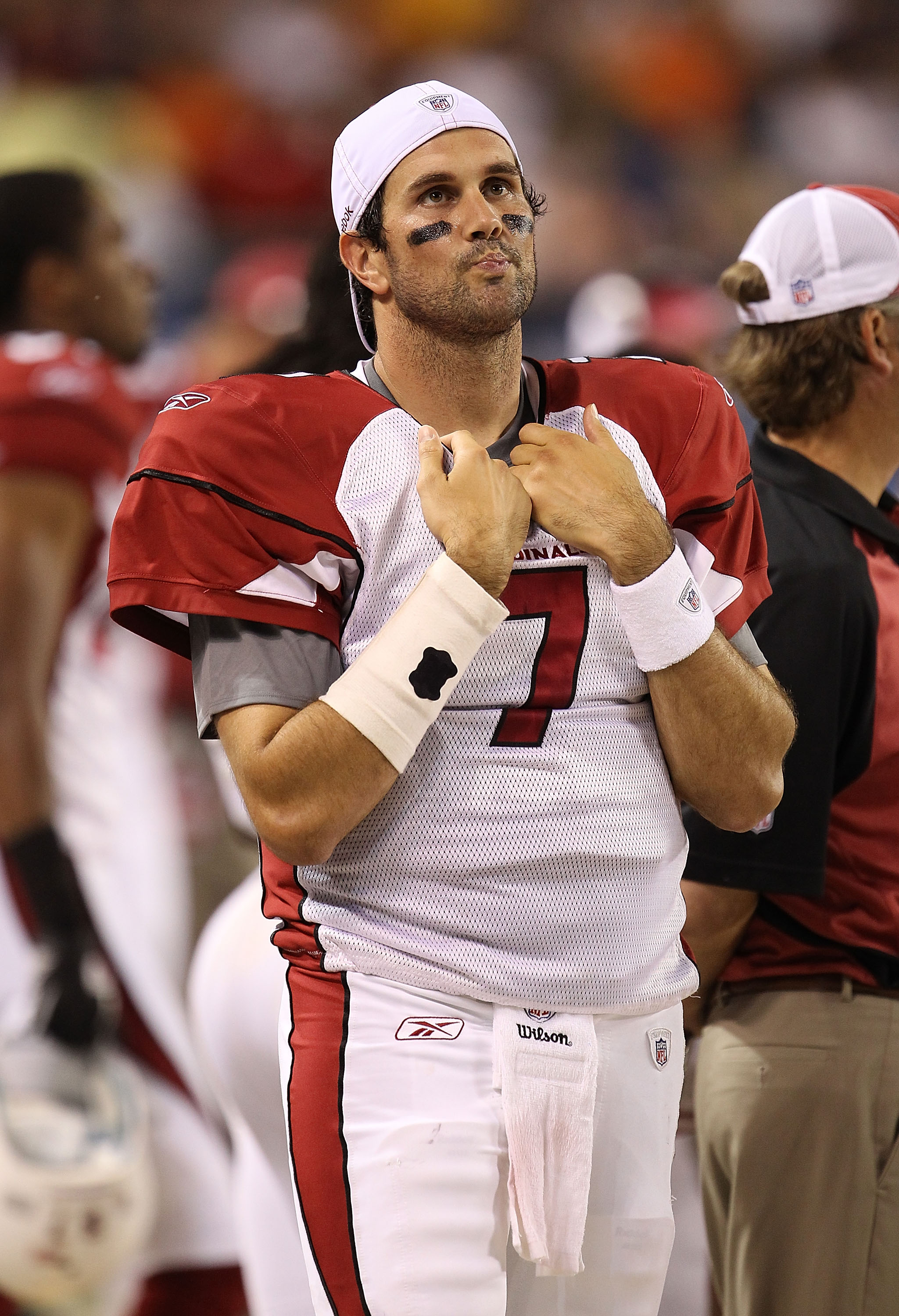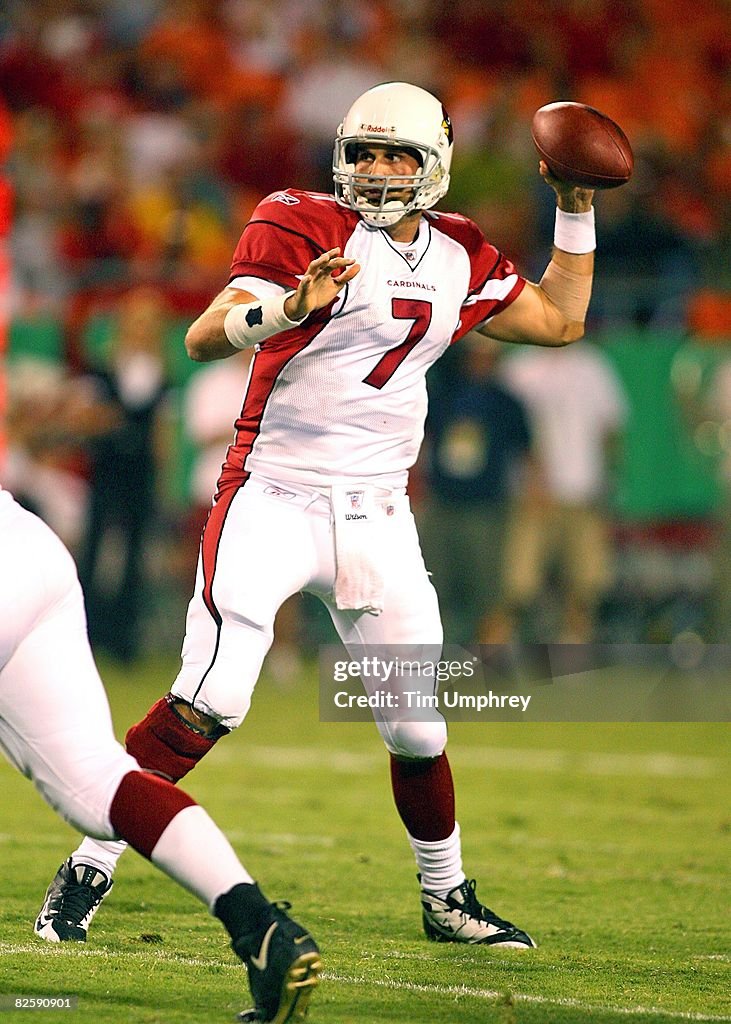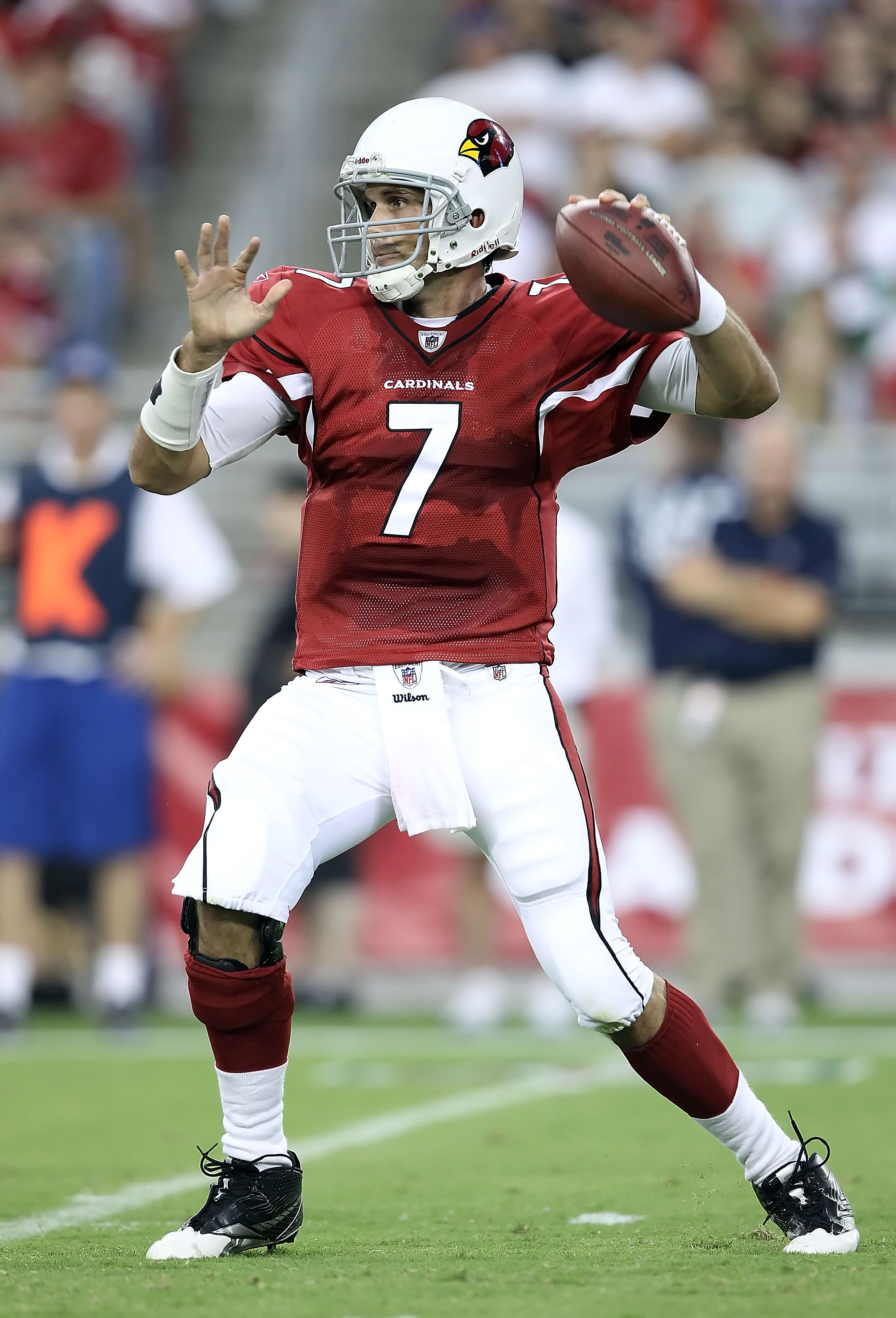Matt Leinart's Cardinals Legacy: Arizona Star!
The subject refers to a specific player and team association in professional American football. It designates Matt Leinart's tenure as a quarterback for the Arizona Cardinals, a National Football League (NFL) franchise. This encompasses his draft selection, playing career, and overall impact during his time with the team.
This association is notable due to the high expectations surrounding Leinart's arrival in Arizona. As a Heisman Trophy winner and highly touted prospect, he was viewed as a potential franchise quarterback. His performance, relative to those expectations, and the team's successes and struggles during his period are central to understanding his legacy with the Cardinals. The historical context includes the Cardinals' broader organizational trajectory, including coaching changes and roster developments that influenced his opportunities and challenges.
The following discussion will delve into specific aspects of the player's career with the team, analyzing his statistics, key games, and the factors that contributed to his performance and eventual departure. This will provide a more detailed understanding of his time in Arizona.
- Richard Rohr Net Worth Income Salary Earnings
- Dr Cade Hunzeker Cause And Death How
- Juanita Du Plessis Bio Age Wiki Facts
- Who Is Yazmina Gonzalez Meet Spencer Rattler
- Harley West Bio Wikipedia Age Height Boyfriend
Frequently Asked Questions Regarding Matt Leinart's Time with the Arizona Cardinals
This section addresses common inquiries and clarifies misconceptions surrounding the player's career with the mentioned NFL team. It provides concise answers based on factual information and avoids subjective opinions.
Question 1: What were the primary reasons for the team drafting Matt Leinart?
The Arizona Cardinals selected Matt Leinart in the 2006 NFL Draft with the expectation that he would become the team's franchise quarterback. His collegiate success at USC, including a Heisman Trophy and national championships, made him a highly sought-after prospect. The Cardinals aimed to secure a long-term solution at the quarterback position.
- Sam Frank 360 Twirl Video Who Is
- Astrology Birth Chart Of Matthew Sturniolo Tiktok
- Get To Know Tiania Haneline Her Boyfriend
- Who Are Natasha Lyonne Parents Aaron Braunstein
- Who Is Jesse Watters Wife Emma Digiovine
Question 2: What were Matt Leinart's statistics during his tenure with the Arizona Cardinals?
During his four seasons (2006-2009) with the Cardinals, Matt Leinart played in 29 games, starting 11. He completed 261 of 479 passes for 2,816 yards, with 15 touchdowns and 20 interceptions. His career passer rating with the team was 67.1.
Question 3: Did Matt Leinart lead the Arizona Cardinals to the playoffs?
No, Matt Leinart did not lead the Cardinals to the playoffs. During his time as the primary backup to Kurt Warner, the team reached Super Bowl XLIII, but Leinart's role was limited due to Warner's success and leadership.
Question 4: What factors contributed to Matt Leinart not becoming the long-term starting quarterback for the Cardinals?
Several factors contributed to this outcome. Kurt Warner's resurgence as a Pro Bowl-caliber quarterback limited Leinart's opportunities. Injuries also impacted his playing time and development. Furthermore, Leinart's performance when given starting opportunities was inconsistent, failing to fully capitalize on his chances.
Question 5: What was the public perception of Matt Leinart during his time with the Arizona Cardinals?
Public perception was initially positive due to his college pedigree. However, as his career progressed and he failed to meet expectations, public opinion shifted. He faced criticism for his performance and perceived lack of development.
Question 6: What were the Arizona Cardinals' overall record during Matt Leinart's seasons with the team?
During Leinart's tenure (2006-2009), the Cardinals' regular season records were 5-11, 8-8, 9-7, and 10-6. The 9-7 season in 2008 resulted in a Super Bowl appearance, although Leinart's role was minimal.
In summary, while the team initially had high hopes for the player, a combination of factors prevented him from achieving sustained success as the starting quarterback. These factors included the performance of another player, injuries, and the player's own inconsistent performance.
The following section will analyze key moments and turning points in his career with the team, further illustrating the complexities of his time in Arizona.
Lessons Learned from the Leinart Era in Arizona
The following provides insights gleaned from the experiences of the player with the team. These observations aim to offer a structured understanding of the challenges and opportunities inherent in quarterback development and team management within the NFL.
Lesson 1: Assess the Fit Beyond Talent. Evaluating a prospect's aptitude for a specific team's offensive system and coaching philosophy is crucial. Leinart's skill set, successful in college, did not seamlessly translate to the NFL or align with the Cardinals' evolving strategies.
Lesson 2: Prioritize Quarterback Development. Providing consistent coaching and a structured developmental plan is essential for young quarterbacks. The team faced challenges in providing a consistent, long-term plan to promote his growth.
Lesson 3: Manage Quarterback Competition Effectively. Navigating quarterback competition requires transparency and clear communication. The emergence of another player presented both a challenge and an opportunity for the team; the management of this situation influenced both players' trajectories.
Lesson 4: Protect the Quarterback. A stable and effective offensive line is paramount for quarterback success. Injuries to key offensive linemen during the player's time impacted both the passing and running game, limiting the team's offensive potential.
Lesson 5: Balance Expectations with Reality. While high expectations are natural for highly touted draft picks, it is essential to maintain realistic assessments of their progress. The initial excitement surrounding his arrival needed to be tempered with an objective evaluation of his performance.
Lesson 6: Value experience in the quarterback position. The league is constantly changing and the mental aspect is almost as important as the physical
These points emphasize the complexities of quarterback development and team building in professional football. Careful consideration of these factors can contribute to more informed decisions regarding player acquisition, coaching strategies, and overall team management.
The subsequent discussion will explore the lasting impact of this specific period on the team and the player's subsequent career.
Conclusion
This exploration of Matt Leinart's tenure with the Arizona Cardinals reveals a complex interplay of talent, opportunity, and circumstance. While drafted with significant expectations, a combination of factors, including the emergence of another player, injuries, and inconsistent performance, prevented him from achieving sustained success as the team's franchise quarterback. The period serves as a case study in the challenges of quarterback development and the importance of strategic team building within the NFL.
The narrative of "Matt Leinart Arizona Cardinals" serves as a reminder that potential alone does not guarantee success. It emphasizes the need for careful evaluation, patient development, and effective team management to maximize the value of any player acquisition. Understanding the nuances of this specific period offers valuable lessons for both players and organizations striving for sustained achievement in professional football, with a greater impact than anticipated.
- Astrology Birth Chart Of Matthew Sturniolo Tiktok
- Who Is Christopher Bell Wife Morgan Kemenah
- Utah Ivana Meandzija Missing Or Found Case
- Delaynee Nelson Bio Age Wiki Facts And
- Sam Frank 360 Twirl Video Who Is

Matt Leinart Released Five Talking Points On The Arizona Cardinals QB

Quarterback Matt Leinart of the Arizona Cardinals passes down field

Matt Leinart and the Biggest NFL Busts of the Last Five Years